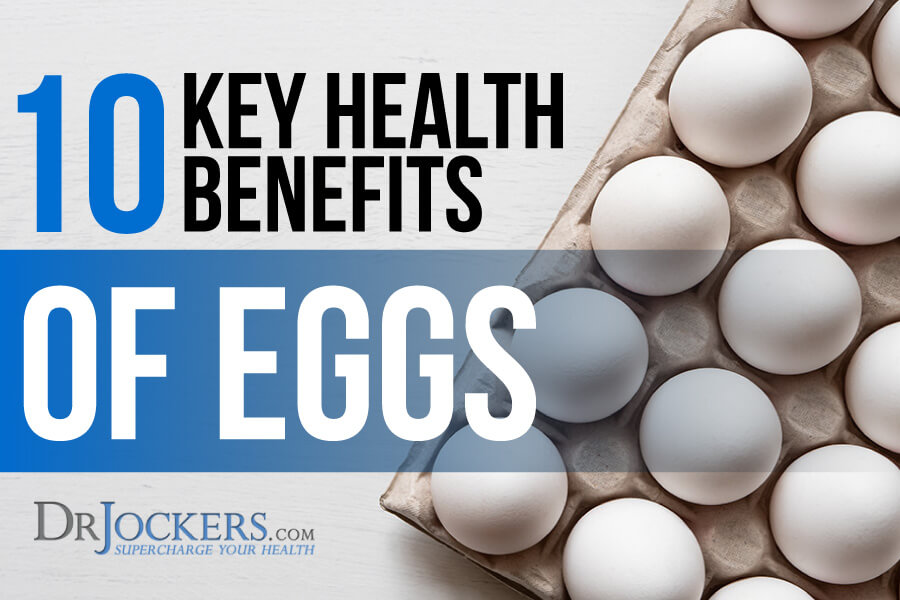
10 Key Health Benefits of Eggs
People have been advised by professionals in the medical field to avoid eggs for decades because of the high cholesterol content. Only recently cholesterol poses a problem despite arguments that it has been available in the human diet for thousands of years. One large egg contains approximately 185 mg of cholesterol (1).
Nutritional studies have shown that eggs also provide an excellent source of protein, antioxidants, vitamins, minerals, amino acids, beneficial fatty acids and other important nutrition compounds. Does the medical field really believe the numerous benefits do not outweigh the risk of cholesterol consumption?
Eggs Benefit Cholesterol Levels
Cholesterol is an important compound crucial for cell membrane structure, and production of steroid hormones and bile acid required for healthy digestion. Clinical trials have not provided evidence that egg intake by healthy individuals raises the risk of coronary heart disease. (3)
Actually, studies suggest that the good HDL cholesterol increases with egg consumption. Americans consume an estimated 278 mg of dietary cholesterol daily of which 24.6% of intake can be traced to egg origin. People at risk of cardiovascular disease are recommended to eat less than 200 mg of cholesterol daily and less than 300 mg/ day for those not at risk. (3)
A wellness group with the University of California reported findings that suggest only 15% to 25% of the population may have sensitivity to cholesterol intake. Aside from those that may have sensitivity such as type 2 diabetics, the majority of the population is minimally impacted by cholesterol in food. (2)

Eggs Are a Rich Source of Nutrients:
Eggs are one of the most nutrient dense foods on the planet. They are absolutely amazing for the body. Unfortunately, some individuals have immune sensitivity to eggs, however, if you have a healthy digestive system and no immune intolerance than they should be a staple part of your diet!
Complete Protein:
This has the full array of amino acids and is considered the most perfect protein on the planet. Amino acids are important for healthy immune system and metabolism and lean body tissue development. Egg protein is particularly good for individuals with gout because it does not contain purine (22).
One entire large egg contains 6 grams of high quality protein and is a good source of protein for vegetarians who eat egg products (1).
Carotenoids:
This includes retinol, lutein and zeaxanthin. These are important nutrients for healthy skin, brain, hormones and vision.
Vitamin K2:
This nutrient is key for cardiovascular health as it helps to reduce calcium deposits in the arteries and improves calcium influx into bone tissue
Choline:
Key precursor to the neurotransmitter acetylcholine needed for learning, memory and cognitive acceleration
Vitamin D3:
Plays a crucial role in bone health, maintaining blood pressure and cognitive performance
Vitamin E:
This nutrient is vital for a strong immune system and vascular health
Long Chain Omega 3 Fatty Acids:
These essential fatty acids, which include EPA, DHA and ALA contribute to brain function, cardiovascular health, and immune support.
Conjugated Linoleic Acid (CLA):
Key for immune health and metabolism and may aid in weight management.
Lecithin:
Healthy component of cell membranes. Lecithin provides cardiovascular support and aids in cognitive function
Biotin:
Important B-complex vitamin found mostly in the yolk. Biotin helps to metabolize fats and carbohydrates into energy and promotes healthy hair, nails and skin. It contributes to metabolic pathways and serves as a transport mechanism for vitamins and minerals to get into eggs. (16)
The egg white contains biotin inhibitor…so eating straight egg whites can lead to biotin deficiencies. Always best to eat the whole egg or just the yolk.

Dense Source of Bioactive Compounds:
Bioactive compounds are the most active ingredients with the most profound effect on human functionality. There are many great nutrients but these are the most bioactive!
Carotenoids: The Reason Why Bugs Bunny Didn’t Wear Glasses
Eggs provide nutrients that help to prevent human health degeneration. One study released in 2005 provided that eggs contain 18 vitamins and minerals, some of which are commonly deficient in the western diet. Carrots seem to get all the credit for its carotenoid content but this pigment also gives yolk its yellow/orange color. (22)
Carotenoids have antioxidant and anti-inflammatory properties that play a role in the central nervous system and are responsible for eye and vision wellness. Carotenoids are required for vitamin A production, assist in neural retina function and provide protective macular pigment (responsible for field of vision in the center of the eye). (9,13)
Partly due to diets lacking in a colorful array of vegetables, lack of this key nutrient is linked to macular degeneration and cataract formation leading to vision loss. A study published by the Journal of Alzheimer’s Disease released in 2014 that the lack of carotenoid intake is linked to cognitive function observed by Alzheimer’s patients (23).

Lutein and Zeaxanthin:
Lutein and zeaxanthin are two types of carotenoids and are an essential dietary component because the body’s tissue does not create these compounds on its own. Specifically, aside from being found in the yolk of eggs, lutein and zeaxanthin are naturally occurring in dark leafy greens. (1)
Lecithin, Choline & Phosvitin:
Egg yolk is also a source of lecithin, choline, and phosvitin. Lecithin provides cellular support and aids in the secretion of bile which prevents the buildup of stones in the bladder. Among metabolism promoting factors, choline is of essential importance in brain development. (22)
The choline content alone in egg yolks is one reason why pregnant women supplement their diet with eggs. Phosvitin is a protein that traps and removes iron ions, or in other words behaves as an antioxidant in detoxifying the body of metals. Specifically, phosvitin aids in inhibiting excessive melanin synthesis in skin. (24)

Eggs Are a Nutritive Powerhouse:
Eggs are one of the best foods to consume for brain, hormonal and immune health. Unfortunately, many individuals do struggle with immune sensitivities to eggs. Be sure you are tolerating them well and they will be a nutritional powerhouse for you!
Here are a few nutrients that support your hormones and help you to burn fat and build healthy lean body tissue.
Riboflavin & Iron:
Also responsible for the vitamin and mineral transportation, riboflavin and iron are two other nutrients found in trace amounts in both egg white and egg yolk. (16)
Amino Acids:
Professional boxers who train for optimal fitness may have reason to drink raw egg in protein shakes. The fictional character of Rocky Balboa appeared to foster his muscle mass increase by consuming multiple raw eggs with a dreaded guzzle. A major component for muscle repair in training athletes is a high source of amino acids.
The top three amino acids in eggs are leucine, glutamic acid and aspartic acid. These compounds provide the necessary building blocks for protein synthesis, especially in skeletal muscles, and make eggs a good source of total nutrition. Leucine also inhibits muscle atrophy and may allow for a longer sustained period of muscle mass. (22)
Long Chain Omega 3 Fatty Acids: ALA, DHA and EPA:
Depending on its origin, eggs provide a nutritive source of three types of fatty acids: α-Linolenic acid (ALA), docosahexaenoic acid (DHA), and eicosapentaenoic acid EPA. Fatty acids are essential in human development from conception through all of life’s stages.
Nutritionist and the medical community alike agree that EPA and DHA are linearly correlated to cardiac function and a diet rich in omega-3 fatty acids is recommended worldwide. (9, 22)

Not All Eggs are Created Equally:
Strive for efficiency and the highest profit margin for egg distributors has adversely affected the quality of eggs. Instead of wondering whether brown or white shelled eggs are better for health, which by the way is an irrelevant factor, concern yourself with the farming practices in how the eggs are produced.
Scientific literature analyzes the various strategies for egg production that may be associated with nutritive content and include both environmental factors and a laying hen’s diet.

Housing Environments:
A 2014 study performed by the National Institute of Animal Sciences in Korea analyzed egg quality variations in three different housing environments: aviary, barn and conventionally cage raised chickens (19). Researchers found a significantly higher shell thickness in aviary eggs and a higher quantity of dirty eggs from those obtained by caged chickens.
Low standards on the welfare of hens have caused rising concern from animal welfare advocate groups and include scrutiny from animal welfare laws regulating cage-based housing system requirements. The USDA reported in 2005 that 95% of laying hens were housed in confined wire cages (6).
Key Nutrients for Egg Production:
Methionine:
Methionine is a required amino acid for cell growth in poultry. Methionine deficiency causes improper toe growth, bare spots, improper feathering and feather pecking. Dr. Eric Sideman serves on the Maine Organics Farmers and Growers Association suggest dietary methionine to be sourced from alfalfa, sunflower, or fish meal. Natural sources of methionine are derived from foraging or eating bugs and worms in the natural outdoors. (13, 14)
Access to pasture is a key factor that can eliminate the need for methionine supplementation (14). Of course, providing sufficient requirements to meet the needs of pasture raised hens receiving approved organic diets is costly and employs a larger human element to hand collect eggs.
Selenium:
Still up for debate in the United States is the need for supplementing hens with the trace element, selenium (Se). Eggs are a nutritious source of this antioxidant but further scientific data is needed in order to determine the total cause and effect for concentration of selenium in laying hens.
Researchers have started to examine the effects and quality of Se-enriched egg (4). Given the history of other seemingly healthy supplements having a negative impact on human health, Se-enriched eggs should also be questioned. Consumers are spoon fed unsupported health claims but the food industry and the lack of consumer knowledge only feeds manufactures higher profits.
Concern for Soy-Based Nutrition
Phytoestrogens are estrogen-like compounds derived from legumes such as soy and are referred to as endocrine disrupters. In the United States, most soy is genetically modified which raises concern for even greater health risks. The apprehension of consumers to purchase soy based products is validated by an increasing amount of evidence.
Research indicates a relationship between the biological impact of phytoestrogens and illnesses such as “hormone-dependent cancers, cardiovascular disease, osteoporosis, menopausal symptoms, male infertility, obesity, and type-2 diabetes (10).”
Isoflavones, lignans and coumestans are the three primary categories of phytoestrogens. These chemical compounds mimic different hormone activity dependent on when it is metabolized in the human body (10). Unfortunately, the cheap and conventional food production industry relies heavily on genetically modified soy based nutrition for its laying hens.
High PhytoEstrogen Content:
A team of researchers published a study first of its kind in the Journal of Agriculture and Food Chemistry in 2008 analyzing the phytoestrogen content of eggs among other animal food products and vegetarian substitutes (10). The team found that isoflavones are most highly concentrated in the egg yolk and originate from hens housed in barns, not cages (15).
According to their data, eggs contained above average phytoestrogen content in comparison to the different types of food groups from animal origin. Only milk products were recorded to have a slightly higher phytoestrogen content and with cheese ranking the highest. (8)
As suspected, soy-based food products had higher phytoestrogen content upwards of 500 times more than its opposing counterpart. Research concluded that the high phytoestrogen content is primarily derived from soy based food additives and poses human health concern. (10)
Protein Alternatives to Soy:
- Sunflower Meal:
A 2014 study observed health advantages when hens are fed a low-fiber sunflower meal diet as the primary source of protein (7). Results indicated that this approach reduces total cholesterol concentration by increasing the beneficial HDL cholesterol and reducing harmful LDL cholesterol levels.
- Alfalfa Meal:
Poultry Science published another experiment with conclusions that support the substitution of a soy based diet for a non-soy protein source. The reduction of circulating cholesterol concentrations and increased beta-carotene were positively influenced from replacing soybean meal with a low-fiber alfalfa meal (8).
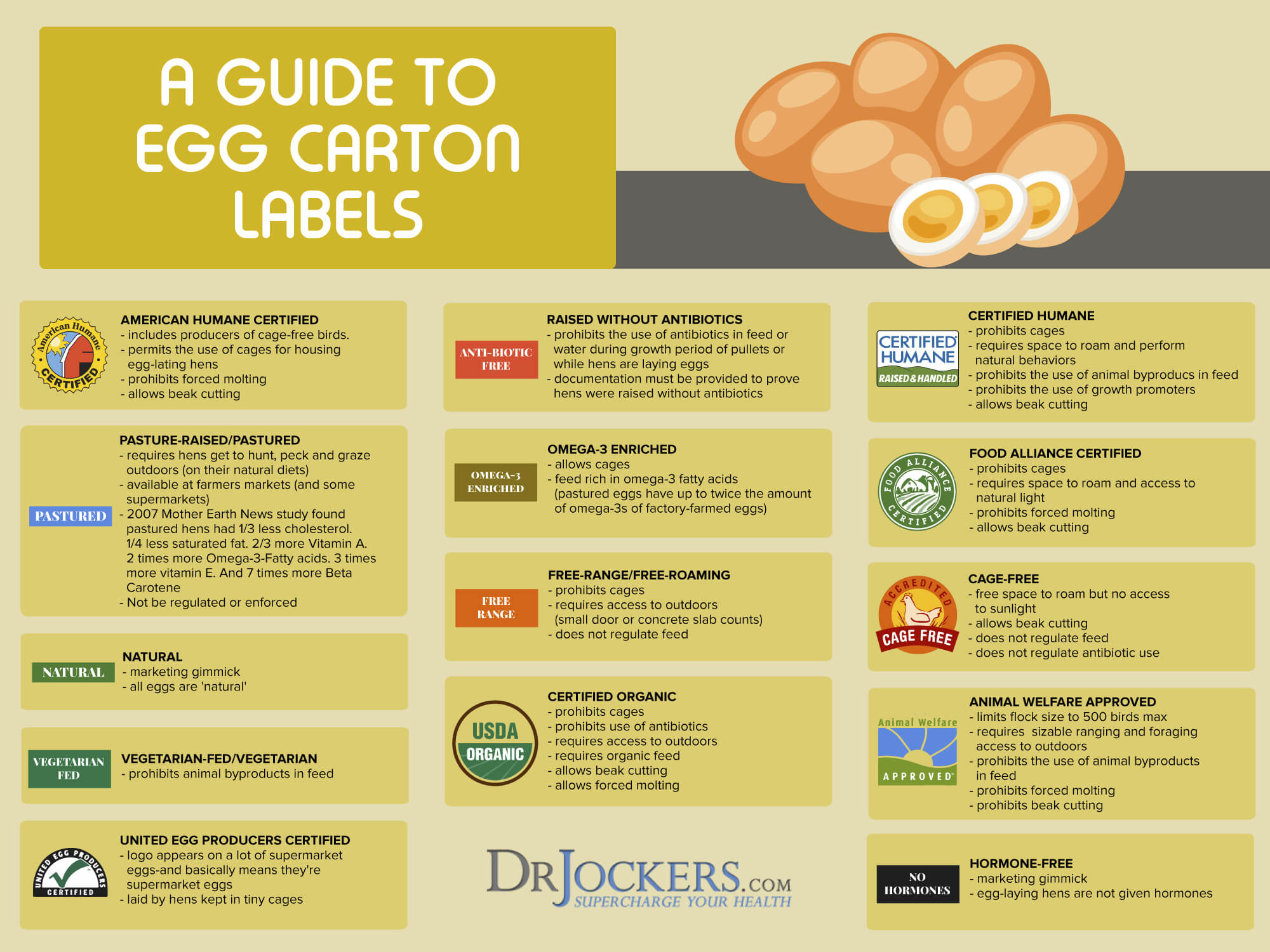
What Eggs to Look For at the Grocery Store
- Organic, Pasture-Raised – The Best!
- Pasture-Raised (may not be certified organic)
- Organic (Probably fed organic grains but not a lot of pasture)
The Eggs Below May have been fed GMO grains:
- Cage-Free or Free Range
- Omega 3-Enriched
- Vegetarian Fed
- Natural Raised

Buyer Beware
The Cornucopia Institute is a non-profit organization designed to inspire marketplace activism by empowering consumers with knowledge (12). The Institute provides a list of egg producers including their market locations and ratings.
Ranging from a “5-egg” to a “1-egg” rating, the producer’s score is dependent on the quality of hen laying housing conditions, compliance in meeting USDA expectations and organic standards, as well as the organization’s transparency in releasing information surrounding their egg production practices.
For example, Organic Valley markets eggs nationwide and has a “3-egg” rating. This score acknowledges the commitment of Organic Valley to meet organic standards. Researchers from the organization release their criteria, points earned, and comments for the specific distributors in effort to provide consumer awareness. (12)
The Cornucopia Institute released a report titled “Scrambled Eggs” in 2010 bringing to light the differences from egg production in factory farms versus organic agriculture (13). Despite the obvious benefits for the welfare of the hens argued by animal rights activists, the report summarized the dietary nutritional superiority in organic, pastured eggs.
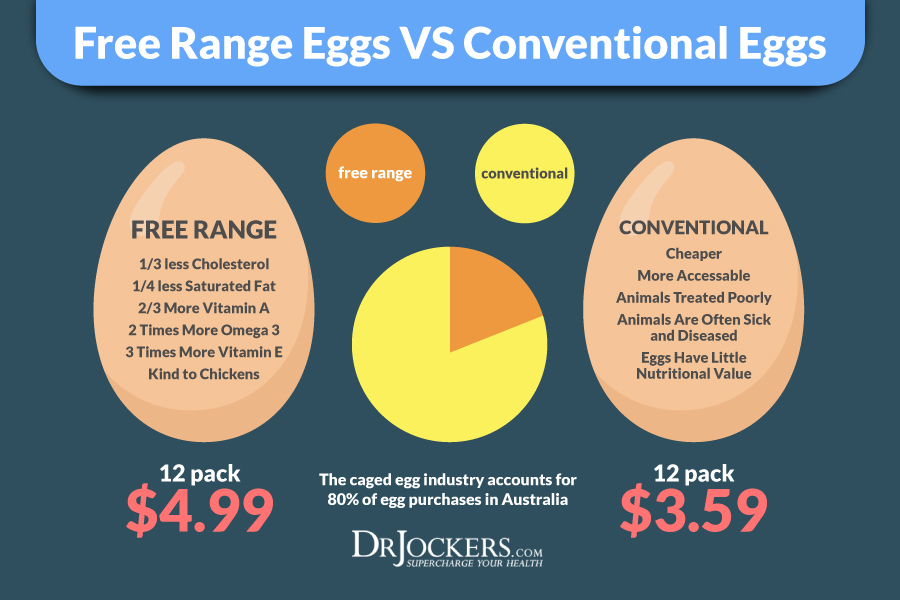
Pasture-Raised Eggs are the Best
Eggs produced from pastured, organic eggs consuming a soy-free diet have the greatest nutrition. These eggs have at least double the vitamin E content, twice as much omega-3 fatty acids, 33% less cholesterol, 25% less saturated fat and 66% increased vitamin A (13).
Human health is enhanced by these factors which provide protection from chronic and infectious disease related to antimicrobial activity, anticancer, antioxidant, nutrient bioavailability, etc. (21).
If not consuming organic, benefits are still reaped from eating pasture raised eggs free of antibiotics and GMO based soy products. Individuals notice an improvement in the taste of quality eggs and benefit from purchasing local eggs from trusted sources at farmer’s markets.
Summary
When shopping the marketplace, purchasing eggs with higher standards in farming practices is a step towards a more nutritive egg.
It is a great idea to consume pasture-raised organic eggs. Unless you have an immune sensitivity to them (lab test) or feel tired, have to clear your throat, feel inflamed, etc. then you want to have these as a staple item in your diet.
Eggs are one of the richest sources of bioactive nutrients that enhance hormone function, reduce inflammation, improve fat-burning and enhance brain function.
If you are interested in learning advanced nutrition strategies to burn fat, optimize your hormones and enhance your brain health, than check out my functional nutrition and recipe book, The Keto Metabolic Breakthrough here.
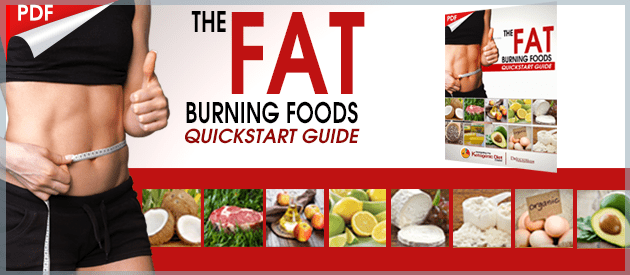


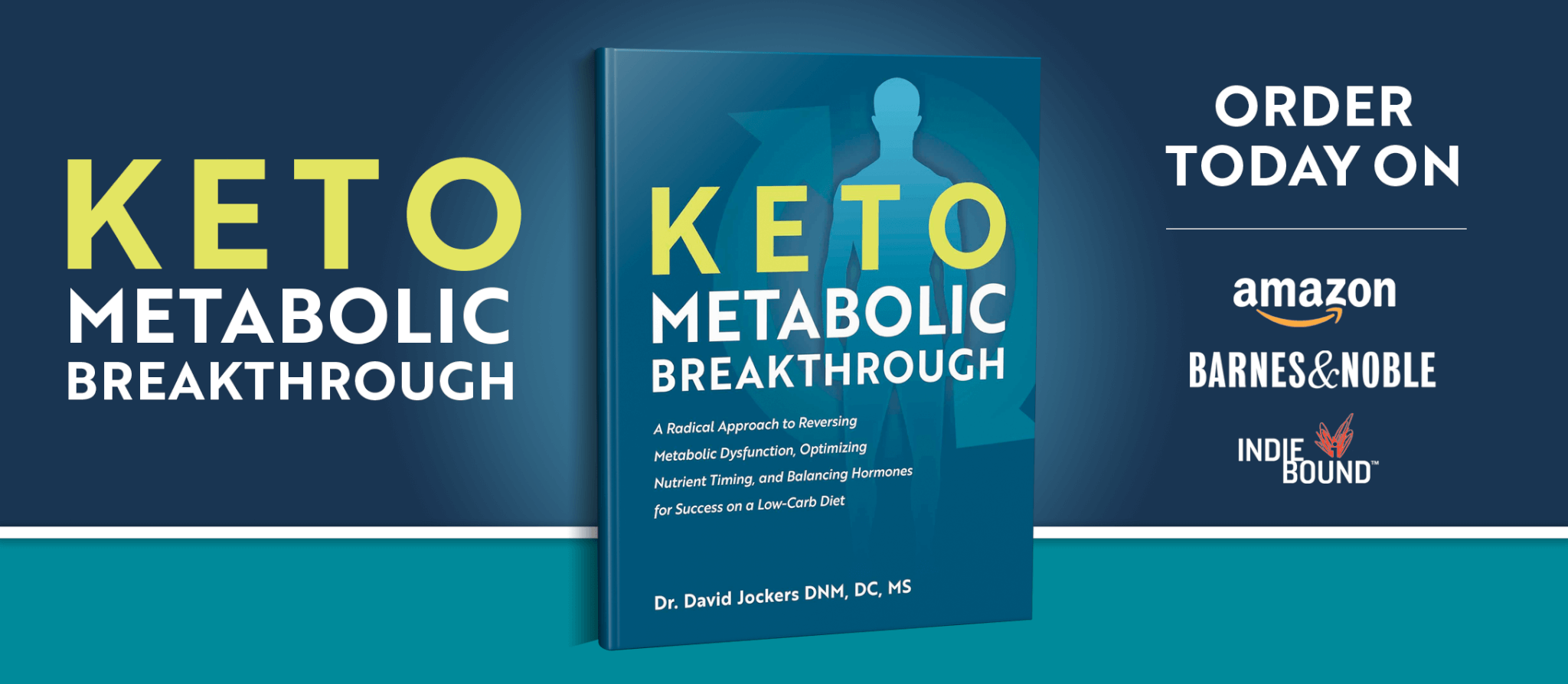



Just wondering about egg shells. If someone has a sensitivity to eggs, can the egg shell still be consumed? Certain protein powders contain egg shell membranes. Would this be safe for these sensitive folks? Thank you!
Whenever I see an article about the nutrition content of a food, I wonder what source of that food was tested, and by whom and when. Nutrient testing that was done in the 1930s has no relationship to the nutrient content of the same foods today. Nutrient content is totally dependent on the food the chickens are fed. So there is a vast difference between the nutrients of grain-fed factory chicken eggs, and truly free ranging farm chicken eggs from the 1930s. I’m lucky to have a source (not cheap) of eggs that are organic, not grain fed, and who can eat bugs and whatever. The yolks are a considerably darker yellow than the yokes of the cheap eggs I can by at chain grocery stores, and the nutrient content has to also be considerably different.